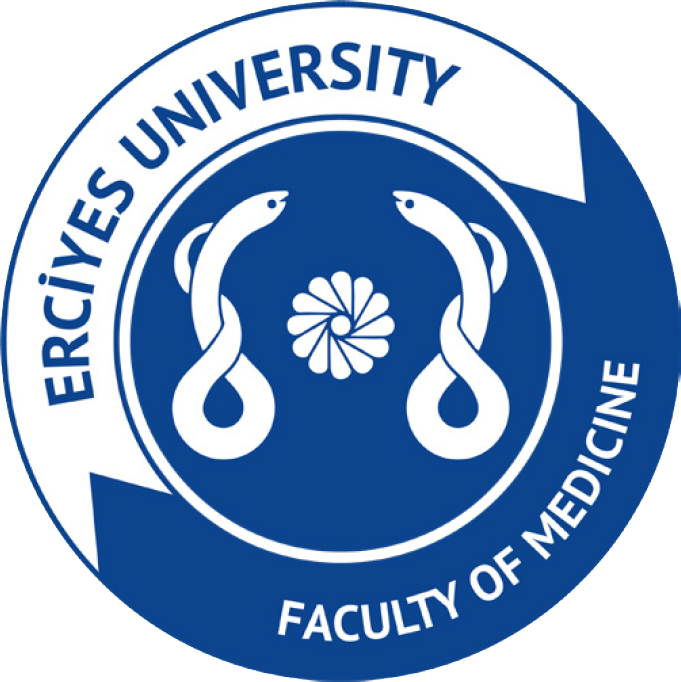2Department of Obstetric and Gynecology, Meram Medical Faculty, University of Selçuk, Konya, Turkey
Abstract
Purpose: Laboratory and clinical signs of gestational trophoblastic disease (GTD) and their importance in the prediction of persistence of this disease were evaluated.
Materials and Methods: Ninety-two patients with GTD were evaluated prospectively. Patients were divided into four groups as complete mole, partial mole, invasive mole and choriocarcinoma. All patients were evaluated for persistence by clinical, ultrasound and laboratory findings. Methotrexate+folinic acid were administered to the patients with persistent disease. Combined chemotherapy protocols were applied to patients with no mor minimum response. Hysterectomy was performed on older patients who had no desire for a child.
Results: Molar pregnancy and gestational choriocarcinoma rates were 4.8/1000 and 2/10,000 respectively. Mean age and mean beta-hCG levels were higher in the invasive mole group. Theca-lutein cysts and excessive uterine enlargement were detected in a higher proportion of patients with complete or invasive mole. These findings were seen more frequently in cases with persistence.
Conclusion: Persistent GTD can be predicted by clinical and biochemical markers. Risk of the development of persistence is lower in patients under the age of 35, in the absence of theca-lutein cysts and hCG level below 100,000 IU. In addition, negative predictive value of hCG level shows low risk of persistence to the same extent as negative predictive value of combination of parameters. With early detection and effective treatment, prognosis is excellent.
2Department of Obstetric and Gynecology, Meram Medical Faculty, University of Selçuk, Konya, Turkey
Amaç: Gestasyonel trofoblastik hastalıkların (GTH) laboratuvar ve klinik bulguları ve bunların GTH sürerliliğinin tahmin edilmesinde kullanımı araştırıldı.
Gereç ve Yöntem: GTH tanısı alan 92 hasta prospektif olarak incelendi. Hastalar komplet mol, parsiyel mol, invaziv mol ve koryokarsinom olarak 4 gruba ayrıldı. Hastalar klinik, ultrason ve laboratuar tetkikleri ile sürerliğin gelişimi olasılığı açısından değerlendirildi. Sürerlilik hastalığı olanlara metotreksat-folinic asit tedavisi; yeterli cevap alınamayanlarda kombine kemoterapi; çocuk isteği olmayan uygun yaştaki hastalara histerektomi uygulandı.
Bulgular: Molar gebelik ve koryokarsinom oranı sırasıyla 4,8/1000 ve 2/10.000 olarak bulundu. Ýnvaziv mol grubunda ortalama yaş ve tedavi öncesi beta-hCG seviyesi daha yüksekti. Komplet ve invaziv mol grubunda Teka-lutein kistleri ve aşırı uterin büyüme daha fazla görüldü. Bu bulguların görüldüğü hastalarda sürerlilik gelişiminin daha fazla olduğu bulundu.
Sonuç: Persistan GTH'da sürerlilik, klinik ve biyokimyasal belirteçlerle tahmin edilebilir. Bu risk 35 yaşın altındakilerde, teka-lutein kistlerinin yokluğunda ve beta-hCG'nin 100.000 IU'nin altında olduğunda düşüktür. HCG seviyesinin negatif prediktif değeri tek başına, diğer parametrelerle kombine edilmeden düşük sürerlilik riskini aynı oranda göstermektedir. Erken tanı ve etkin tedavi ile sürerlilik gösteren hastalıkların prognozu oldukça iyidir.

